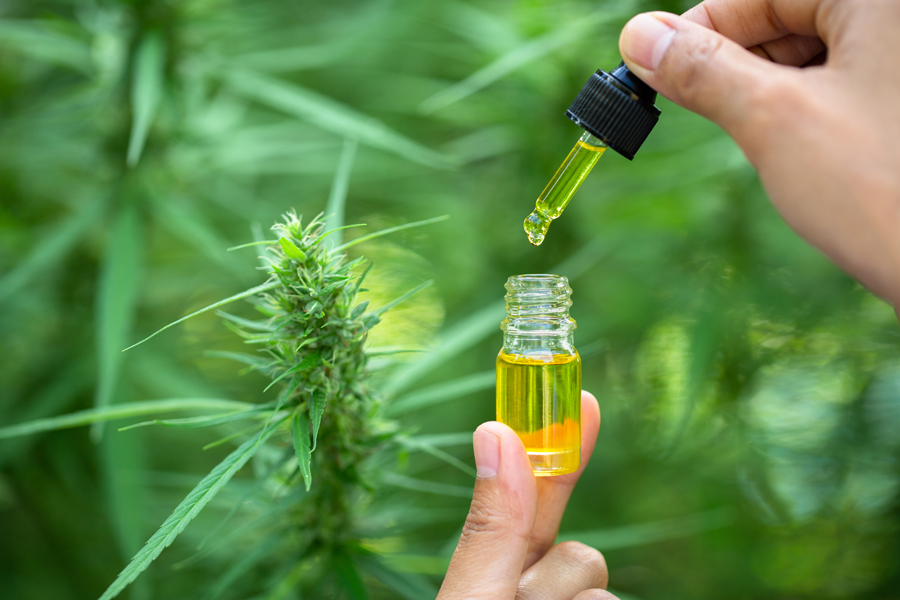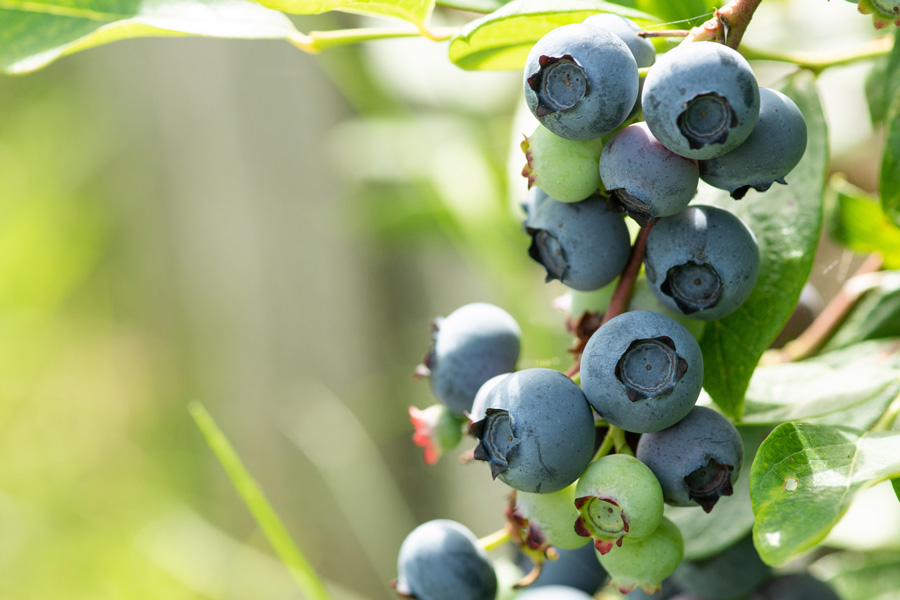General Agriculture
-

Drip irrigation is an important component of vegetable production systems in Georgia. Drip irrigation is more desirable than other irrigation methods for several reasons. Two important advantages are (1) water conservation and (2) potentially significantly improving fertilizer management. Fertigation is the timely application of small amounts of fertilizer through drip tubes directly to the root zone. Compared to conventional ground application, fertigation improves fertilizer efficiency.
Kerry Harrison, Darbie Granberry, Tim Coolong, and W. Kelley
|
-

Composting is the controlled biological process of decomposition and recycling of organic material into a humus-rich soil amendment known as compost. Mixed organic materials such as manure, yard trimmings, food waste and biosolids must go through a controlled heat process before they can be used as high quality, biologically stable and mature compost (otherwise it is just mulch, manure or byproduct). Compost has a variety of uses and is known to improve soil quality and productivity as well as prevent and control erosion.
L. Risse, John Worley, and L. Faucette
|
-

This publication provides information on variety types, suggested vegetable varieties for organic production, and steps to saving your own seed.
Organic farming and vegetable production are becoming increasingly popular. Nationally, organic sales have increased 80% since 2007, organic produce has a wholesale value typically twice that of conventional produce, and 75% of organic products are sold within 100 miles of the farm. These facts suggest that there is a tremendous market potential for organic vegetables in Georgia, yet organic production remains only a fraction of conventional vegetable production. Because of our humid subtropical climate, organic production in the Southeast is continually challenged by intense disease, insect and weed pressure. The purpose of this guide is to detail the importance of varietal selection for organic growers.
George Boyhan and Tim Coolong
|
-

With the passage of the 2018 U.S. Farm Bill, industrial hemp (Cannabis sativa L.) was declassified as a Schedule I drug and is now legal (with restrictions) for production in the United States. Hemp and marijuana are both Cannabis sativa but are distinguished from each other based on the concentration of the psychoactive compound, tetrahydrocannabinol (THC). Industrial hemp is defined by law as a cannabis plant with total THC concentrations on a dry weight basis of less than 0.3% (+/- a measurement of uncertainty). This publication provides a basic overview of hemp testing for THC to stay in compliance with U.S. Department of Agriculture rules for hemp growers.
Tim Coolong, Daniel Jackson, Jason Lessl, and Noelle Joy
|
-

Ashfaq Sial, Brian Little, and Craig Roubos
|
-

The main objective of this fact sheet is to provide a checklist of what is needed to properly prepare a center pivot or lateral irrigation system for the production season. All of the topics covered apply to both pivot and lateral irrigation systems, but for brevity, only center pivots will be referenced. By using the items in this fact sheet as a guideline for preventative maintenance, most breakdowns during the growing season should be avoided.
Raymond Edwards, Calvin Perry, Wesley Porter, Jason Mallard, and David Hall
|
-

This publication provides updated (2023) Southeast-specific information on approved National Organic Program (NOP) disease and pest management options for blueberry production and addresses the issues most commonly encountered under the unique growing conditions of the Southeast U.S. This publication is not intended to provide all details on organic blueberry production, although it does include the production methods that reduce the impact of plant disease and pest issues. Emphasis in an organic system should be on cultural practices that reduce disease and pest pressure rather than pesticide applications. NOP-approved pesticides are usually less efficacious than conventional products. The pesticide label is the law and supersedes any information on pesticide use contained in this guide. Because environmental conditions and grower application methods vary widely, suggested use does not imply that performance of the pesticide will always conform to the pest control standards indicated by experimental data.
Elizabeth Little and Phillip Brannen
|
-

The Agricultural Act of 2018 (2018 U.S. Farm Bill) extended the nonrecourse marketing assistance loan (MAL) and loan deficiency payment (LDP) feature for the 2019 through 2023 crop years for upland cotton. This publication provides examples and a decision tree for choosing between the marketing assistance loan and loan deficiency payment program for cotton.
Yangxuan Liu
|
-

The lack of proper planter setup and maintenance results in common planting mistakes that affects crop stand and yield every year. Growers can easily avoid these mistakes by following a few simple steps at the beginning of the planting season to ensure proper planter setup for maximized field performance. This simple and easy-to-follow checklist provides tips on how to properly set up different planter components to achieve a high and uniform stand establishment across the field. The checklist also includes a visual to identify the components available on a typical row-crop planter.
Wesley Porter and Simerjeet Virk
|